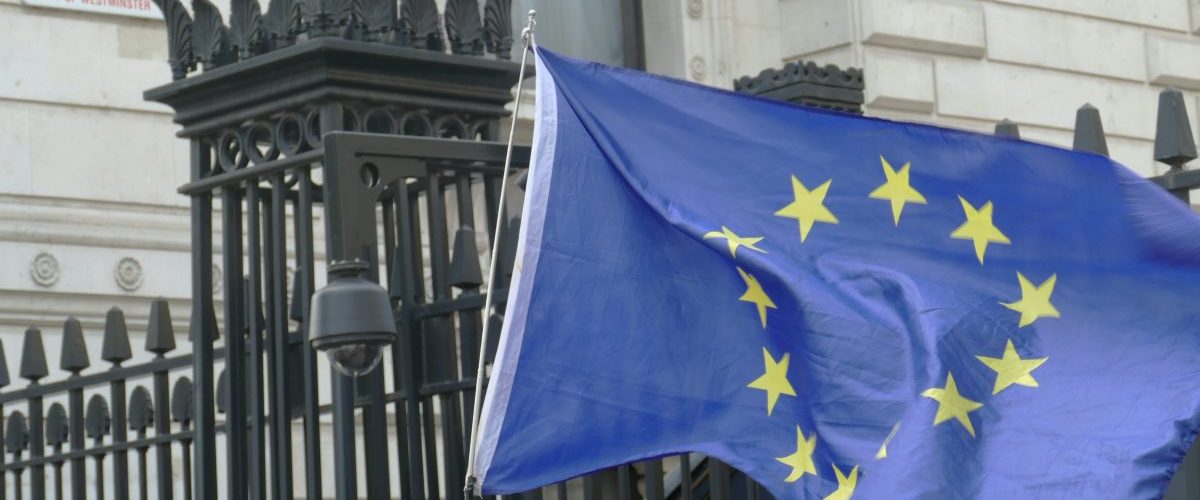European Parliament issued draft report on the implementation of the 6th VAT Directive.
What is the missing part to reduce the EU VAT gap?
Conclusions: European Parliament …
- Recalls that VAT revenue is one of the chief sources of public revenue, accounting for some 21% of total tax revenue in the EU on average; that the VAT gap stands at 10% on average; and that VAT also constitutes an own resource for the EU budget; stresses that any reduction in the VAT base leads to less revenue for public finances; calls on national tax authorities to take initiatives to reduce the VAT gap in order to help lift Member States out of the current socio-economic crisis;
- Endorses the findings of the DIW Econ study which stresses that on average the standard rate was applied to 71% of the total tax base in the Member States in 2019; points out that diversified VAT systems impose costs on businesses, particularly SMEs via increased compliance costs, create distortions in the internal market and trade, and incur costs on government through lost revenue; adds that reduced rates are an insufficient means of achieving revenue-distribution or environmental objectives;
- Notes the difficulties in reducing the VAT gap between Member States owing to the need to maintain a number of VAT exemptions for certain goods and services and the willingness of Member States to maintain reduced rates of at least 5%; acknowledges that Member States need to conserve the flexibility to set their own VAT rates given the importance of this tax as a budgetary instrument;
- Calls for a simplified VAT system with limits on exemptions and non-standard rates to be introduced with a view to promoting competitiveness;
- Stresses that the VAT gap is chiefly attributable to the ineffectiveness of enforcement and control measures, particularly those against tax evasion and avoidance and aggressive tax planning;
- Recalls that the effectiveness of reduced rates as a policy tool must always be assessed in the specific context of other existing policy tools; adds that reduced rates are often complementary to existing social and environmental policy tools; and that direct tax incentives are instruments that better target low-income households and are generally less costly;
- Stresses the need to move to a definitive VAT system based on the principle of taxation in the country of destination; calls on the Council to adopt the proposal for a directive of 25 May 2018;
Source europarl.europa.eu














